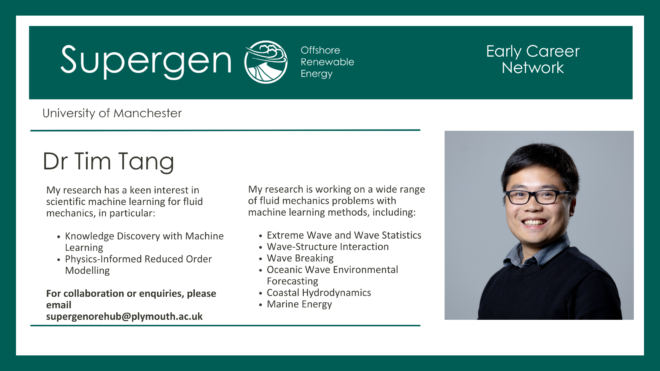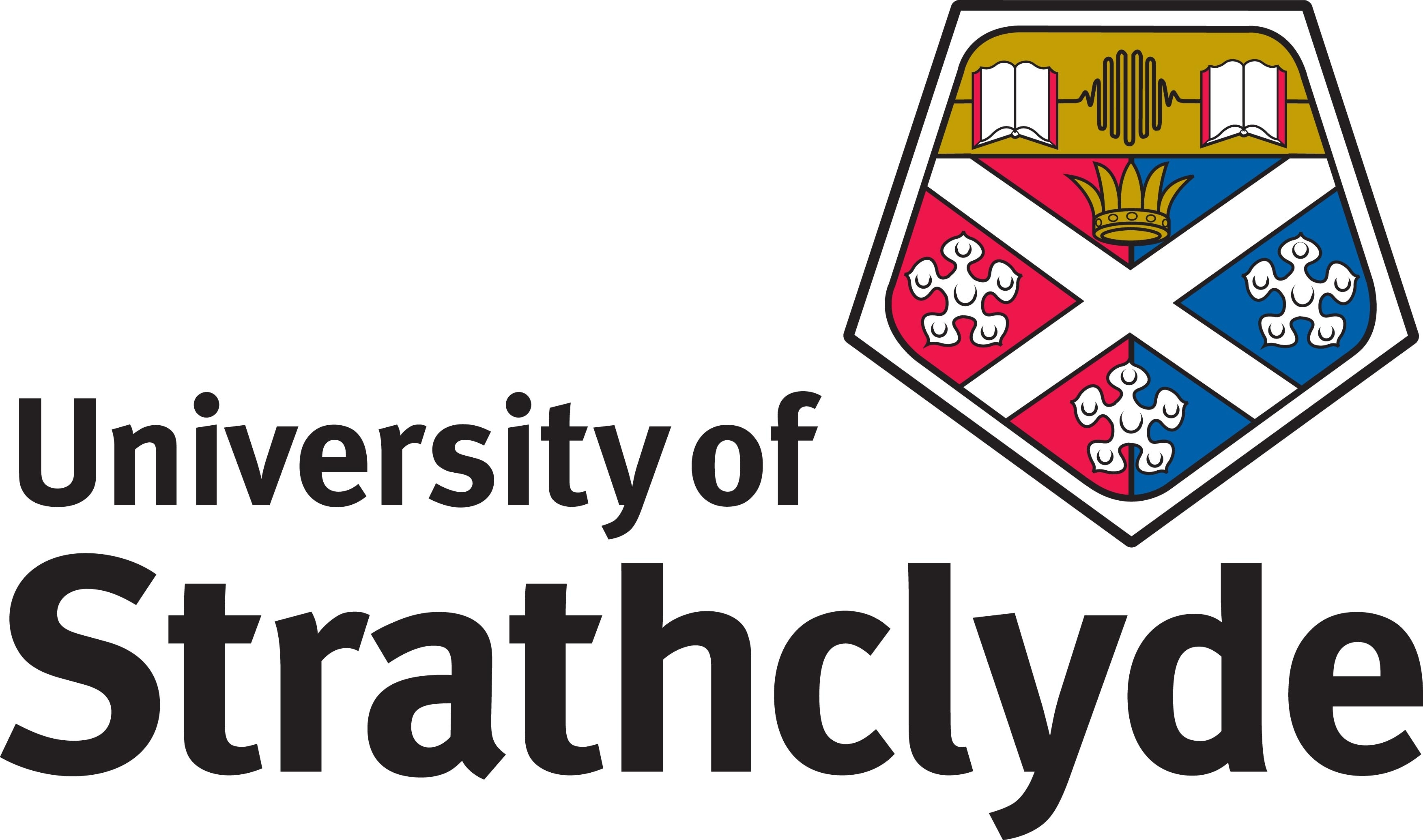About the Project
Principle investigator: Professor Maurizio Collu
Understanding the environmental conditions that offshore renewable energy devices will encounter is critical to their successful design. The assessment of environmental load is paramount, for both optimal energy extraction and ensuring the survivability of the device in its marine setting. Having a standard approach to environmental classification could help to speed up deployment and reduce costs.
The high costs and slow deployment rates of floating offshore wind deployment hinder the fulfilment of the 50GW UK target for offshore wind by 2030. Changes such as standardisation and mass production are urgently needed, with currently around 100 different floating offshore wind turbine designs and a lack of convergence on the best way forward. Classification societies, such as DNV-ST-0119, imply that defining environmental classes could help reduce costs. It may be more cost effective to design floating offshore wind turbine systems for a single class of environmental conditions, rather than site-specific ones. Overengineered but standardised, mass produced systems, could be cheaper than bespoke designs. This approach could also save the time and cost required to collect specific local data for every project.
The widely accepted “wind turbine class” system (IEC61400-1) partially achieves this, defining a finite set of wind conditions, allowing the WTG OEM to focus on a limited set of wind turbine rotor-nacelle assembly designs. However, a similarly accepted approach incorporating other environmental conditions does not yet exist.
The project aims to develop a methodology to define a simple, usable environmental class via state-of-the-art metocean condition analysis methods, floating support structure design approaches, and stakeholders’ feedback.











